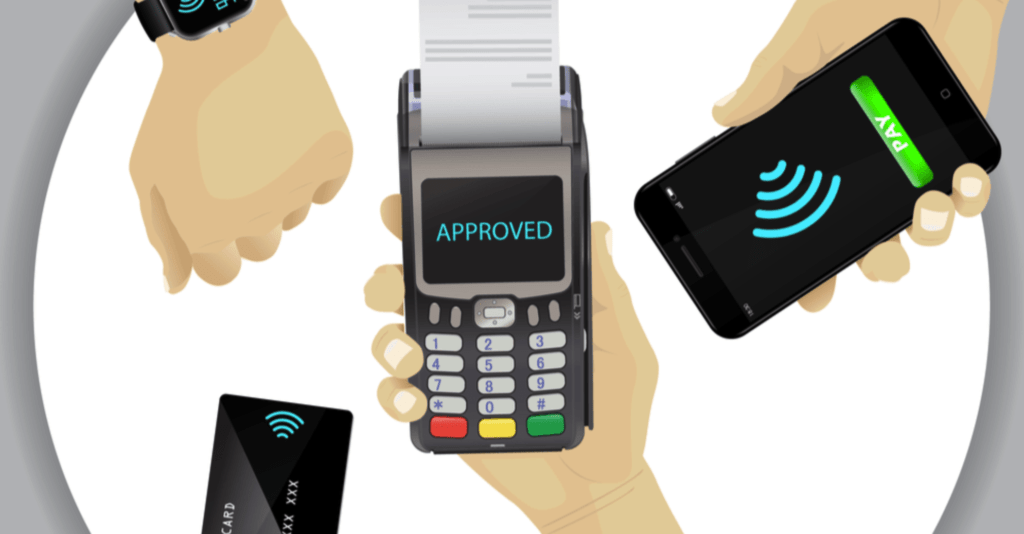Smartphone penetration hovers just below the 90% mark in the Middle East region, setting the scene for a technological takeover of most systems. It makes perfect sense for the population too: young and digitally savvy, most Middle East consumers adapt quickly to changed systems – and actively seek them out too!
Carrying cash and dealing with traditional banking systems was already anathema for millennials, who account for approximately 60% of the population in the Middle East. This is a generational group to watch: Visa reports that millennials in the Middle East are the highest spenders globally when it comes to splashing out on travel and that on average they’ll spend twice as much as their European counterparts.
Governments and leaders in the Middle East countries have long been encouraging digital payments and e-wallets, and the UAE has already achieved eighth in the global ranking of most cashless economies. The COVID-19 pandemic accelerated the change, and here’s how:
Hands-free payments equal hygiene
After a study found that COVID-19 could survive up to 28 days on banknotes, the idea of paying with cash became unsavoury to most. It followed that trips to the ATM that would require physical touch to enter a PIN or select transactional options were also avoided. Shopping in supermarkets or wiling away hours at the mall, a favourite pastime of the region was discouraged for months to reduce the spread of the virus.
Consumers of the region adapted swiftly, quickly becoming accustomed to contactless payments, digital wallets and online shopping – and it’s unlikely they’ll revert. In fact, according to Statistica, more than 80% of males in Saudi Arabia expect to stick to the online shopping habits they adopted during the pandemic.
Preferred methods of payment are changing
Carrying cash has long been a habit of the region’s populace, favoured for its liquidity in times of trouble. Though previously considered a cultural norm that would take time to break, it seems the COVID-19 pandemic and visionary leadership teams with a penchant for technological advancement have succeeded in convincing people of the region to go digital.
In a recent McKinsey survey, 58% of Middle East consumers expressed a preference for digital payment methods, while only 10% indicated they would stick to cash. According to the experts, digital wallets will become the most preferred method of payment over the next five years.
An increase in digital shopping
The retail landscape is changing too. It’s making less sense for small to medium-size merchants (SMEs) to have brick and mortar establishments, and as a result, the growth prospects of online merchant sales in the region are promising. Research shows that 43% of banks and payments providers expect more than half of all SMEs to start selling online in the next five years if they aren’t already.
A survey revealed that 40% of people residing in the MENA region and Pakistan stated the COVID-19 pandemic kick-started their online shopping practices. Additionally, 45% of survey respondents reported an increase in their online shopping frequency when compared to the beginning of the pandemic.



